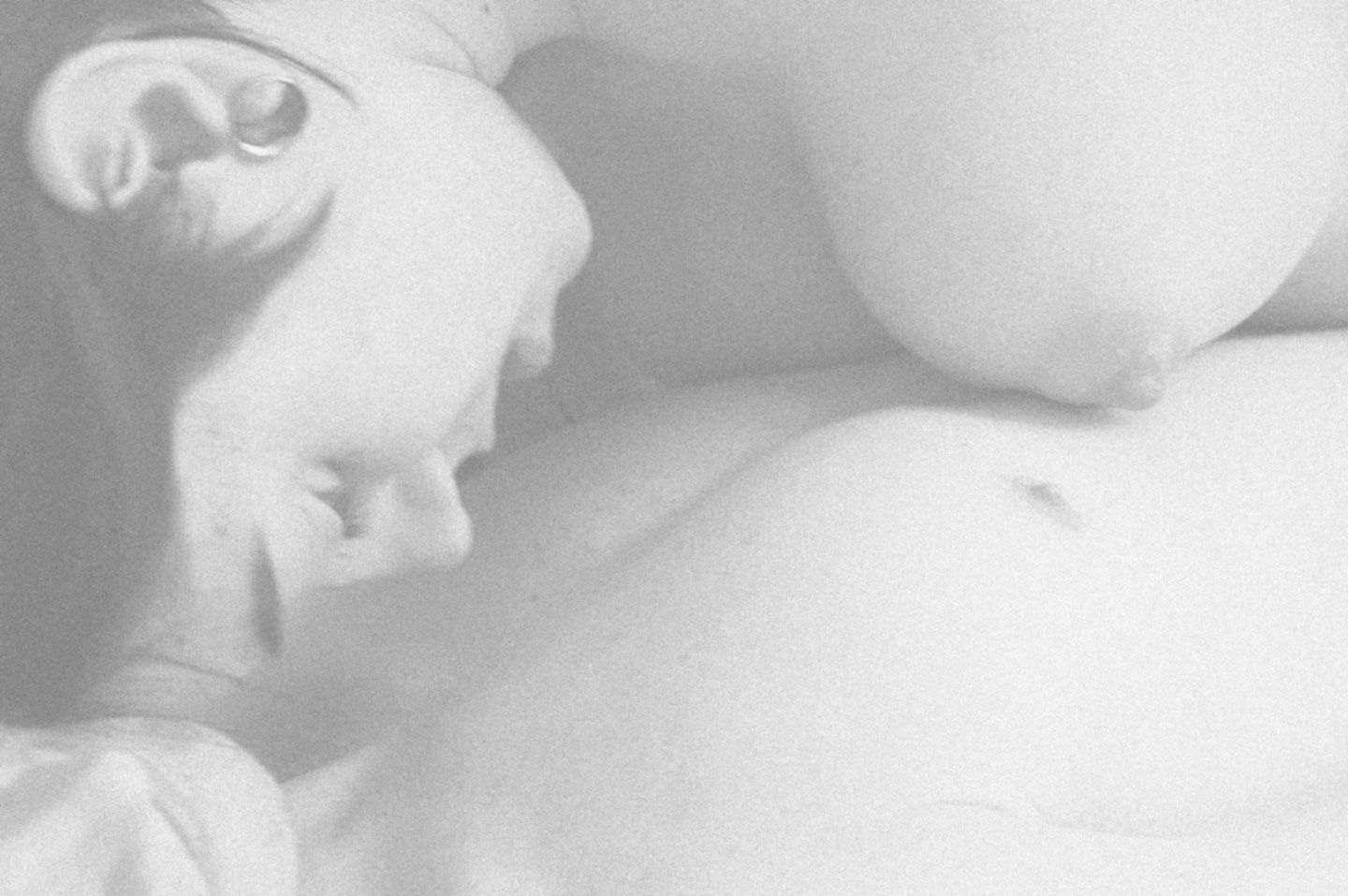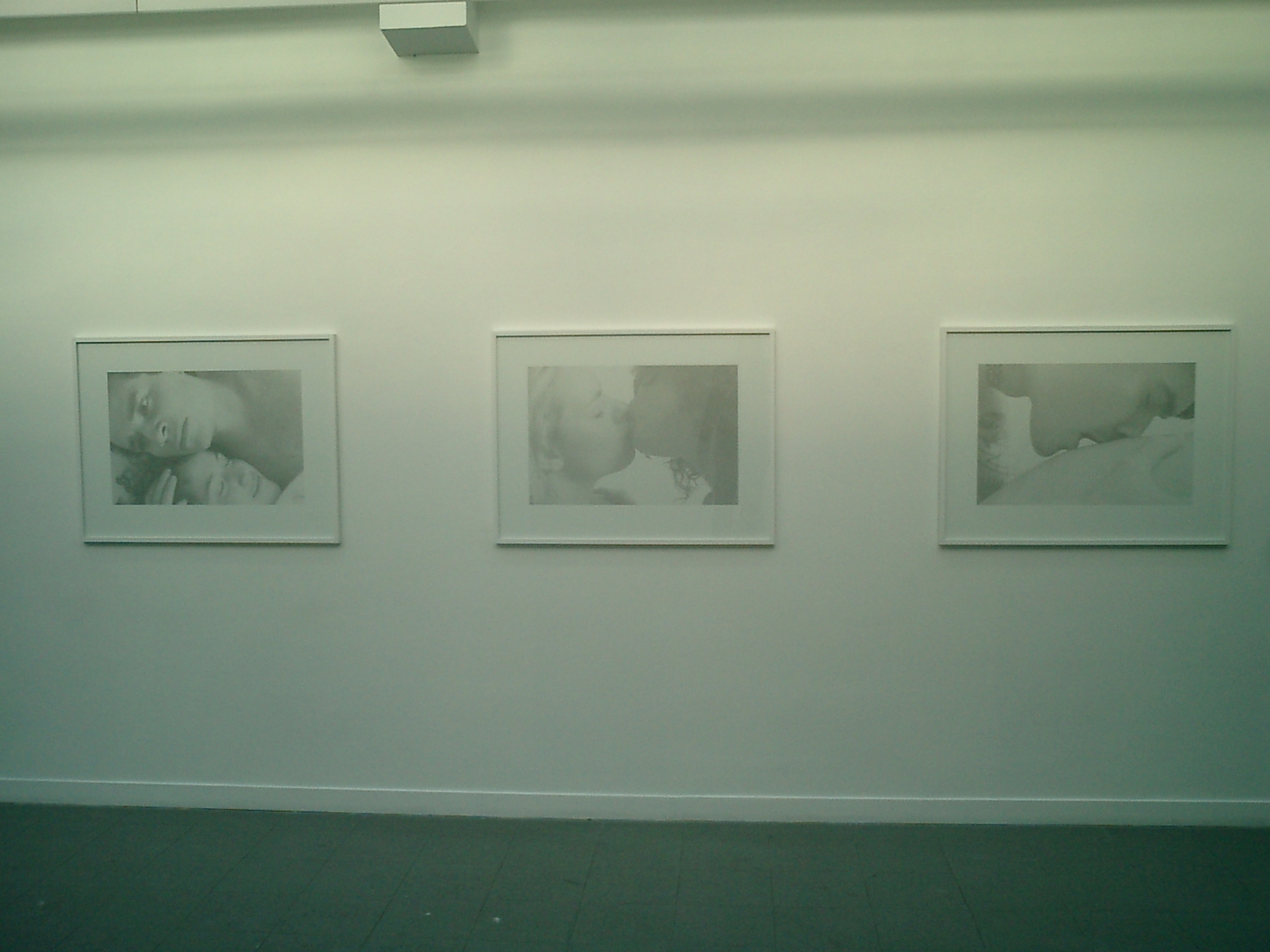Press Release
SAM SAMORE
“White Dahlia” 2003
Rodolphe Janssen, Bruxelles
An incomplete discussion about origins: White Dahlia.
The dahlia flower, named after a Swedish botanist, comes from Central and South America… The Aztecs called the flower Cocoxochiti, and it held a sacred place in their rituals…..According to one writer, hearts of vanquished prisoners were cut out of their bodies and laid on a bed of stones encircled by the agave and dahlia. Indeed, the creation of the Aztec war god comes about from the union of the agave and dahlia.
Perhaps this explains its peculiar relationship to the violent culture of Los Angeles 1940s. For example, The Blue Dahlia (1946), (screenplay by Raymond Chandler) – describes two femmes fatales who amuse themselves by tearing off the pedals of dahlias. One of the women is a “betrayer” and is murdered. The other, also a betrayer, wins the heart of a sympathetic anti-hero.
Like blue dahlias, black dahlias are also an impossibility – and the Black Dahlia murder case of 1947 in Los Angeles spawned a library of books/films about the horrible dismemberment of an aspiring young actress, and the unsolved mystery of her life and death…. James Ellroy’s fictional account proposes that Elizabeth Short was a sexual predator and her only starring movie role happened to be a lesbian porno film. Why was she called the Black Dahlia? She wore black dresses, she dyed her hair black, she referenced The Blue Dahlia film noir. In Severed, a nonfiction account of the “true crime” of the Black Dahlia, John Gilmore proposes, (based on the recently released autopsy reports), the Black Dahlia had incomplete sexual organs and could not have been sexually promiscuous. While flowers themselves in general have their sexual organs undeveloped, the Black Dahlia could have the complex intertwining of sexual drive and incompleteness. In this project called “White Dahlia”, there is also the play of “gender”, since in many of the pictures women appear as men, and vice versa. I am particular interested in the theatre of Shakespeare where the characters are continuously reshaping their identity – in other words, they are Tricksters and Shapeshifters.
Why White Dahlia? White, like black, can exist at either end of the spectrum – sometimes thought of as the absence of color or the totality of all colors. Paradoxically it can be the absence/presence of sexuality, innocence, wisdom and abandon. Since death can be considered the beginning of something new – white can be considered not only the color associated with death but also with rebirth itself – as a neutral color of the meanings of life that have yet to be fulfilled. And so on…
So the pictures of White Dahlia associate the dangerous body, enigmas, the relationship to the impossible – and sex, love, death, rebirth.








